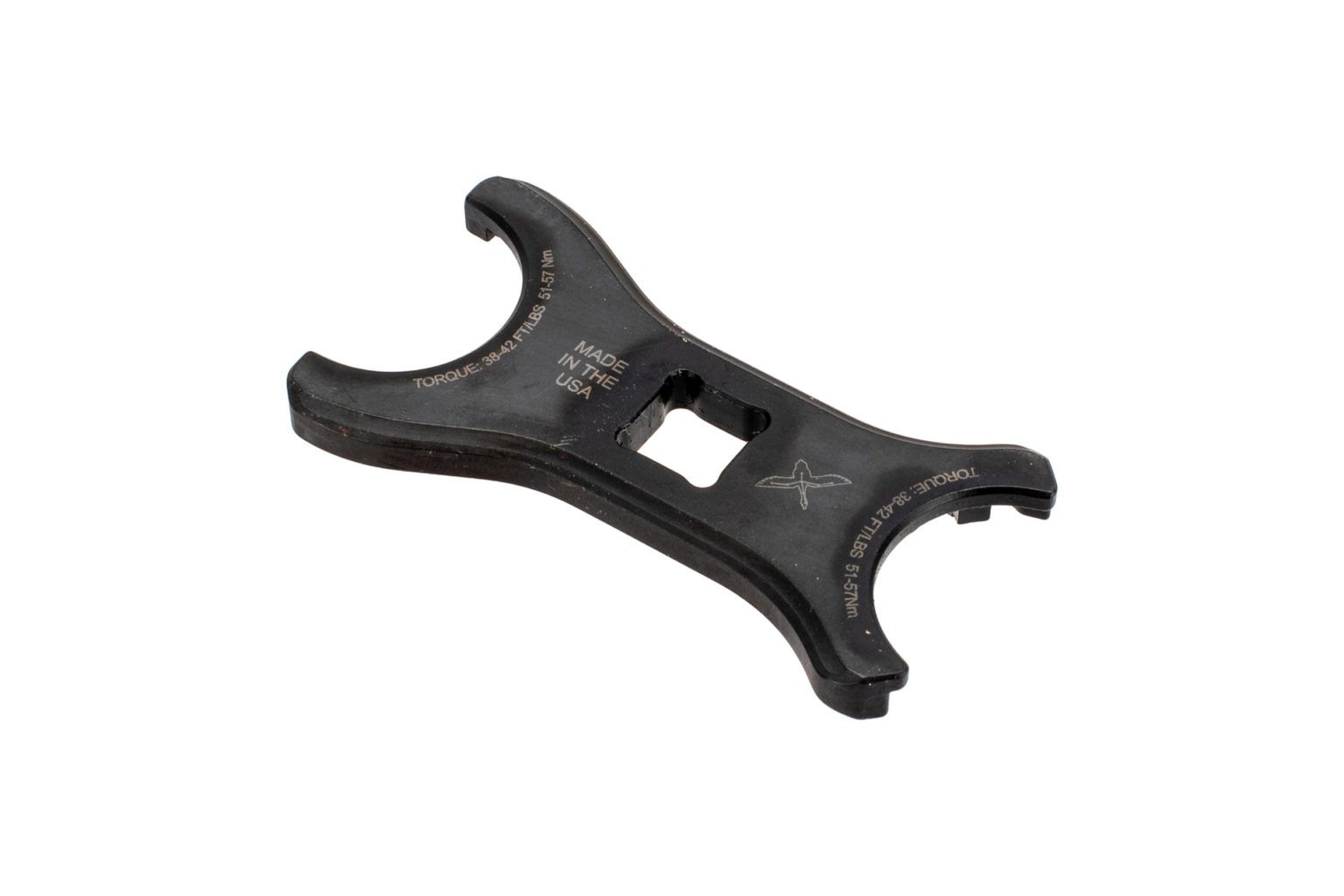Table Of Content

Confirm that changes were controlled including validation or where appropriate verification. Then, at least from a Design Controls perspective, it’s time to sell your medical device. I’ve shared throughout this guide tips and pointers regarding the need to create and maintain a Design Controls traceability matrix. Keeping your traceability matrix current and up to date makes Design Transfer a much simpler process.
Step 16: Monitoring your design controls process
The stuff I covered so far about understanding medical device product classification and quality systems is very important for you to have some grasp on as you pursue your new medical device idea. In fact, it is quite common for me to hear negative comments about design controls when I speak to product developers. I assure you that if you have bad feelings about design controls, it is likely because of the processes you are working within; design controls are what we do as prudent product developers. Prior to founding Greenlight Guru, I was fortunate to have played a part in getting 40+ medical devices through regulatory clearance in a variety of different roles.
Combination products: What role does packaging play? - Packaging Digest
Combination products: What role does packaging play?.
Posted: Thu, 30 Nov 2023 10:11:35 GMT [source]
Becoming a Design Input artist
For your business, that means reduced risk of a data breach, which saves time and money. For your customers, that means better data protection and retention. Design Controls are not vastly more burdensome than following sound engineering practices. A process with well-defined stakeholders, responsibilities and goals is a far better experience for teams than a disjointed approach, regardless of the stage of the product. Since the regulations include "reference" to the records that make up the file, users will often create a DHF Index that acts as a Table of Contents for DHF records. Before device development begins, the purpose of the device must be defined to ensure it achieves the intended purpose, per the user and the organization.
Step 3: Gathering post-market surveillance data
The procedures shall include a mechanism for addressing incomplete, ambiguous, or conflicting requirements. The design input requirements shall be documented and shall be reviewed and approved by a designated individual(s). The approval, including the date and signature of the individual(s) approving the requirements, shall be documented.
Apple AirPods Pro (1st generation) review - SoundGuys
Apple AirPods Pro (1st generation) review.
Posted: Mon, 18 Mar 2024 07:00:00 GMT [source]
Information regarding traceability to the calibrated equipment identification and test methods should be included as a variable that is entered manually into a blank space when the protocol is executed. The philosophy behind this approach is to create a protocol once and repeat it forever. This results in a verification process that is consistent and predictable, but it also eliminates the need for review and approval of the protocol for each new project. You might also want to use a standardized template for the format and content of your protocol and report. The FDA provides a guidance document specifically for the report format and content for non-clinical performance testing. Regular design reviews and verification and validation activities are essential to confirm that the device meets its intended use and performance criteria.
The act of freezing the design is simply intended to reduce the business risk of spending money on verification testing twice because the design outputs were changed during the testing process. Design controls are a set of quality practices and procedures that are incorporated into the product design and development process to ensure that a device is appropriate for its intended use. Essentially, design control consists of planning, design execution, testing against specifications (inputs) and requirements (user needs), and uncovering and fixing problems at an early stage (risk reduction).

Once Design Transfer is completed you should be able to “turn the key” to start manufacturing your product. You can easily eliminate these problems by implementing QMS software at the very beginning of your product development cycle. If there are any revisions to the original design of a medical device, the Design Changes Phase comes into play. To put it succinctly, you are ensuring that your medical device is working as intended.
Completing Design Changes and the Design History File (DHF)
The reason for this is that each of the seven sub-clauses represents a mini-process that is equivalent in complexity to CAPA root cause analysis. Many companies choose to create separate work instructions for each sub-clause. Formal design reviews are planned and typically conducted at the end of each design stage or phase, or after completion of project milestones. The number of reviews is dependent on the complexity of the design. A single review may be appropriate at the conclusion of the design project for a simple design or a minor change to an existing product. Multiple reviews are typically conducted for projects involving subsystems or complex designs.
Quality-centric Companies Rely on CQ QMS
While the requirement for the conduct of risk analysis appears in Section 820.30(g) Design Validation, a firm should not wait until they are performing design validation to begin risk analysis. Risk analysis should be addressed in the design plan and risk should be considered throughout the design process. The requirement for software validation is included in Section 820.30(g) Design Validation.
The aim is to provide a snapshot of some of themost exciting work published in the various research areas of the journal. Feature papers represent the most advanced research with significant potential for high impact in the field. A FeaturePaper should be a substantial original Article that involves several techniques or approaches, provides an outlook forfuture research directions and describes possible research applications.
Examples include, diagrams, drawings, specifications and procedures. The total finished design output consists of the device, its packaging and labeling, and the device master record. If design control requirements are applicable to the operations of the firm, select a design project.

No comments:
Post a Comment